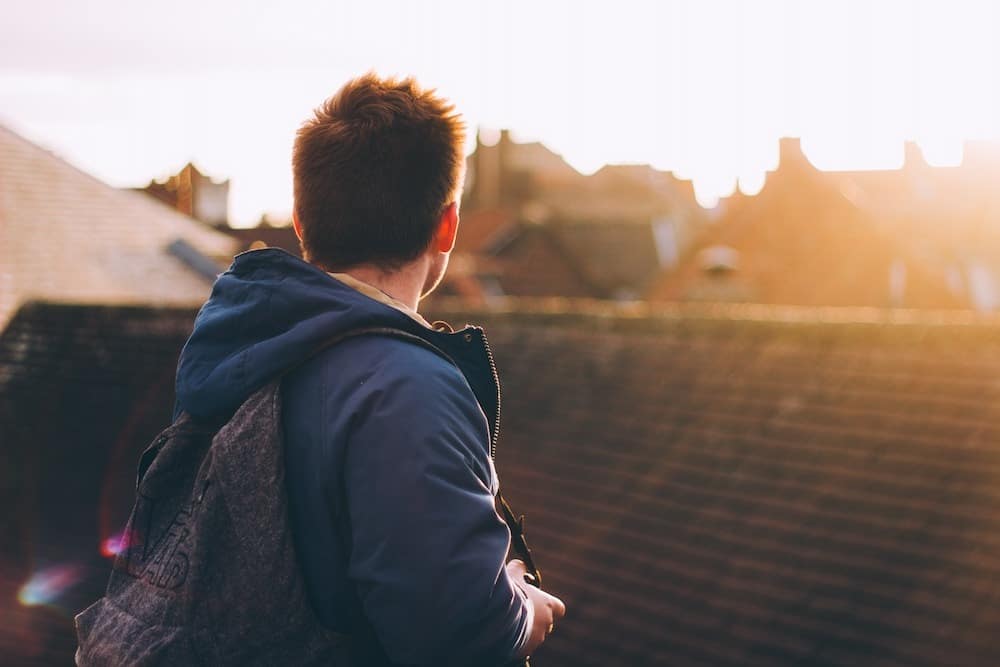Table of Contents
One in every 160 children has an autism spectrum disorder (ASD), according to the World Health Organization. It’s important for each member of every family to know what to do in the event of an emergency, but for families of children with autism, preparing for a disaster will require a few specific considerations to help them to adapt to an emergency situation as easily as possible.
Use Social Stories
Social stories were created by Carol Gray in 1991 and can be helpful, particularly to young children, in understanding an unfamiliar concept. They describe a concept or situation, placing the child at the center of the story to familiarize them with an idea and reassure them. Information is presented in a literal way, which helps them to understand the idea, and helps the child to sequence possible events. A social story provides information about what might happen in a specific situation and gives behavior guidelines, helping to reduce a child’s anxiety. There are plenty of online tools and resources to help you learn how to create a social story to prepare your child for an emergency.
Create A Written Disaster Plan
Having a written disaster plan that every member of the family can follow will help your child understand what to do if there is a natural disaster. Try to involve them in creating the plan, but if this is not possible, make sure that they become familiar with it as quickly as possible. If your child has recently received a diagnosis and you are still learning what this means for your family and how you can best support your child, creating the disaster plan with them will help the family to understand each other’s thought processes, which will help you in the short-term too.
The plan should include important information like contact numbers for family members, friends and medical professionals. Insurance information and medication lists should also be included. Make sure the plan details how to evacuate your home, covering two possible evacuation routes in case one is blocked. The plan should also cover not leaving the house should the emergency require it.
Practice the disaster plan with your child to help them become familiar with it, including visual aids if necessary. As well as reassuring the child that they know what to do if there’s a disaster, this will also alert you to any problems they may have with movement, sounds or sights; you can then make adjustments to the plan if necessary. Anything that disrupts your child’s routine may cause frustration, so regularly practicing the disaster plan will help them respond to an emergency situation as calmly as possible.
Build A Disaster Kit
By having the tools on hand to see your family through an emergency evacuation, you can concentrate on making sure your child remains as calm as possible and stays safe throughout the disaster. Building a disaster kit will mean you have everything you need in one place should you require it.
Involve your child in creating the disaster kit. Everyone in the family should know where this is, and it should cover the essentials that everyone needs for the first couple of days. Include a flashlight, spare batteries, a portable radio and a first aid kit. Stock it with a supply of essential medicines to cover a week, and emergency water and food for each person for at least two days. Include strong shoes, waterproofs and cash. Make sure your child knows the purpose of each part of the kit and understands how to use it. Involving them in the process will help to reassure them that the family is prepared, and they may think of extra ideas that you hadn’t considered.
If an emergency situation arises, the most important thing you can do for your child with autism is to stay calm and stick to the procedures you’ve planned and practiced with them. Your child will be better equipped to process and follow your instructions if they are prepared in advance and you deliver them in a calm and precise way. Preparing your child for a disaster will not only help to reassure them, but it will help the whole family manage the situation as safely and calmly as possible.











